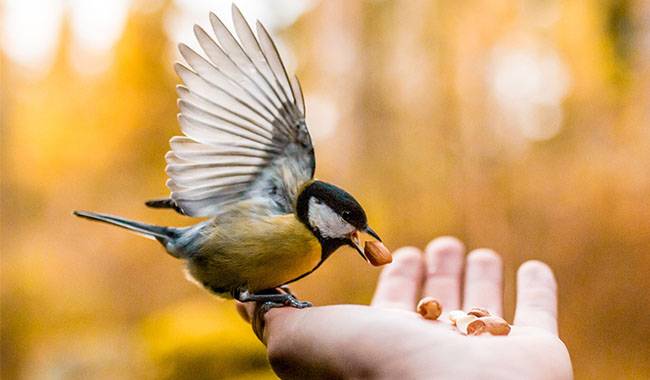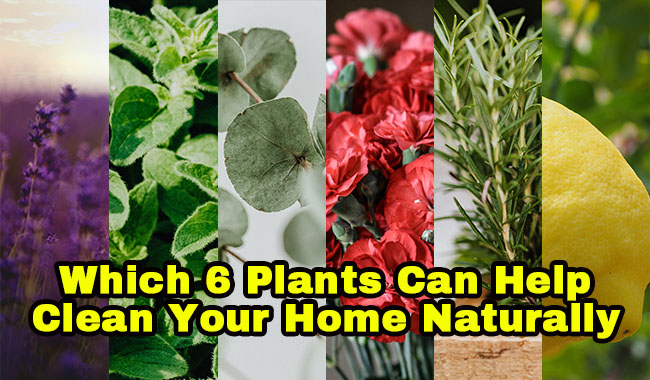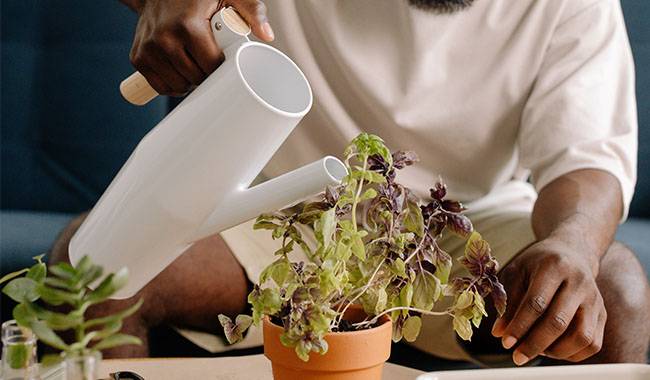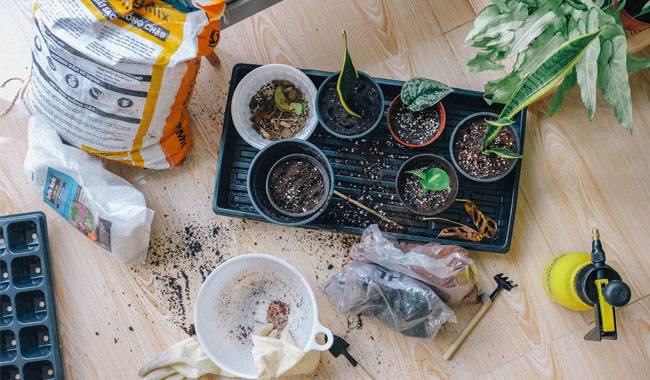
Each plant species requires a specific potting soil. What it should be is detailed in the individual recommendations for the chosen species. But without experience, this is not easy to figure out. For example, how acidic should substrate soil be for home potted plants? Why are the complex composition and the ratio of components important? What is the difference between leaf soil and sod soil, and can pure peat be used? The answers to these and dozens of other questions will help you get a handle on substrate and its quality because only the right substrate can meet all the requirements of a home potted plant.
DIFFERENT PLANTS CORRESPOND TO DIFFERENT REQUIREMENTS OF SUBSTRATE
Although each plant has its specific soil requirements, structure, composition, and acidity, the species are not all the same.
All houseplants, without exception, prefer.
- The nutrient content of the soil.
- The permeability of its water.
- Permeability.
Soil mixtures can be light, medium, or heavy, but they should be exact soil mixtures, not simply soil picked up in the forest or vegetable garden or taken from other plants. Even if you make your substrates, you need to make complex soil mixtures by working to achieve the right texture and properties and combining different components to get the perfect substrate.
The quality of its components determines the quality of a substrate.
THE MAIN COMPONENTS OF A SOIL MIXTURE
Lawn soil
The basis of most soil mixtures is the surface layer of sod soil. Depending on where it is harvested, sod soil may be lighter or heavier, but it is always porous, nutritious, resilient, and persistent. Its pH is between 7 and 7.5.
Turf soil is usually taken from field sod, prepared in spring or early fall, cut into squares about 2 inches (5 cm) thick, and left to mature for 8 to 24 months.
For light soils, 20% of sod soil is sufficient. For medium soils, about 30%, and for heavy soils, up to half of the total.
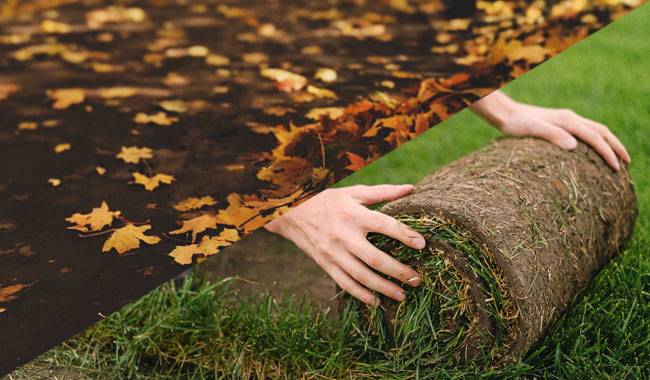
Foliage soils
Leaf soil is a lighter, humus-rich, nutrient-rich gray-brown leaf soil produced by the decomposition of leaves (leaf humus). In addition to being nutrient-rich, it corrects heavy components and the texture of the soil. Therefore, it is often used as a substrate for primroses, begonias, and cyclamen. Leaf soil has a pH between 5.0 and 6.0.
Leaf soils are harvested from deciduous forests and mature for up to 2 years. Up to 40% of leaf soil can be used for light soil mixtures, 30% for medium soil mixtures, and only 15% for heavy or coarse soil mixtures.
Mixed soils
Greenhouse soil or humus is a normal, mature, high-quality humus from manure decomposition. It is an organic fertilizer, the most nutritious component of the substrate, light and friable. However, with a pH of around 8.0, careful addition and calculation of the allowable amount are required.
For indoor plants, add no more than 15 to 20%.
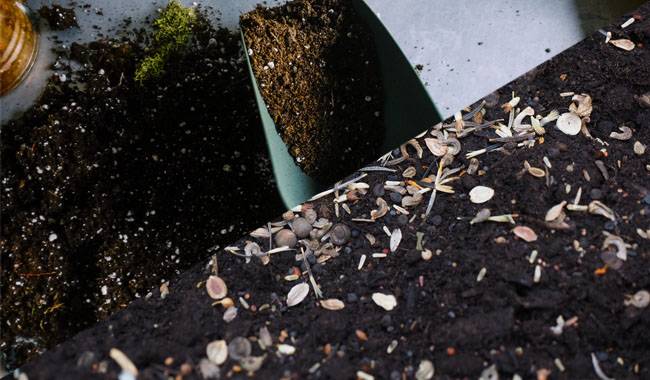
Peat Soil
Peat soils, especially common and readily available substrates, often become pure upland peat with loosening agents, and they are of little use to houseplants. Even very specific plants that prefer acidic soil conditions, such as azaleas, begonias, ferns, and hydrangeas, prefer a composite substrate with other ingredients added to the peat.
In addition to light, high moisture peat, transitional peat can also be used in mixtures. It is a mandatory component of all ornamental foliage plants. Peat is easily recognizable by its light, crumbly texture, and brownish hue. In addition, peat brings porosity and friability to the substrate. pH response is 3.5-5.5.
Peat substrates take a long time to mature, up to 3 years. Peat is not normally used in light mixtures but is added at 10% to medium and heavy mixtures.
Coniferous soils and pine needles
Collected from coniferous forests, loose and acidic, coniferous soil has surprisingly disinfecting properties. It is only used for plants that prefer an acidic pH response.
Mosses
Today the dried mosses sold on the shelves next to perlite are finally being appreciated. It is no longer an obligatory ingredient applied only to epiphytes. Still, it is gradually being added as a “water retainer” for all water-loving plants and as an ingredient that gives the soil good quality and lasts for years, even in loose and light soils. In addition, moss is a disinfectant additive with antimicrobial properties.
Peat moss reacts to a pH of about 4.0. It is cut very finely.
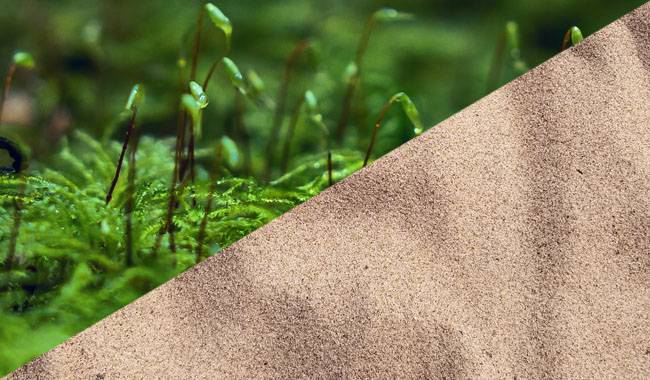
Sand
An indispensable and irreplaceable aid for the permeability and structure of the soil mixture. Coarse-grained lake or river sand is best for room plants.
Add 10% or more sand to the substrate (the lighter the mixture, the higher the percentage).
Loosening and water retention additives
To ensure that the soil is not compacted and remains permeable even if the plants are not transplanted more than once every 2-3 years, there should be an inert substance. And if there are several additives, this is only for the best results (in homemade and purchased substrates).
Modern loosening agents are inert and increase brightness and porosity and correct the texture. The best growers and flower growers have long preferred.
- perlite – or more precisely agricultural perlite – a volcanic rock that undergoes special expansion at high temperatures, in the process of which fragments of up to 5 mm are formed – a white-gray coarse loosener with neutral pH, sterile, retains moisture and air, conducts heat and remains in the soil for 4 years.
- Bentonite – a natural clay material with a smooth exterior and porous light particles inside (use fractions less than 5 mm in diameter when mixing into the substrate), which facilitates better air exchange, improves moisture absorption, and protects the roots from decay and spillage.
- Vermiculite – a natural mineral, treated at high temperatures to obtain a flake structure and friability; non-degradable, non-chemical, safe, enriches the soil with minerals, retains moisture, prevents soil compaction and complete drying, usually used in hydroponics.
- coconut fiber – fiber from coconut peel, non-biodegradable, non-friable, effective in maintaining soil structure
- pumice powder – a special lava rock abrasive that absorbs almost no water, making the substrate more breathable and lighter.
- charcoal – more of a preservative and preventive additive that prevents any root rot problems caused by overwatering, but it also improves the structure of the substrate due to its rather coarse texture.
At home, broken Styrofoam or special foam balls are acceptable alternatives – sterile, non-moisturizing, neutral.
Moisture stabilizing additives that absorb moisture and gradually release it into the substrate are also gaining popularity. Perlite is the most popular moisturizing ingredient (which does not compromise its loosening function). In many ways, it is inferior to vermiculite, which can absorb and retain more than five times its volume of water. However, sphagnum moss and hydrogel can also be added to retain moisture, which solves the problem of keeping the substrate’s water content constant when the substrate is not regularly maintained and when plants are particularly capricious.
ALWAYS CHECK THE ACIDITY
It is very important to check what kind of soil the plant prefers. Even if no specific pH is specified for the species, it is important to know if it needs a neutral, slightly acidic, or slightly alkaline substrate. No plant can thrive in soil that does not react appropriately.
Most plant species prefer neutral or slightly acidic soils with a pH of 5.5 to 6.5. For specific soil mixtures, this “middle” tolerance is only 1 point (4.5 to 7.5 pH).
SPECIES-SPECIFIC SUBSTRATES ARE ALWAYS BETTER
Making your substrates requires experience, quality components, access to materials, and sterilization before use. Professional soil mixes save all the trouble, but it is also best to choose them and carefully study their composition and the completeness of the manufacturer and use information. Whenever you choose, it is best to select a substrate for a specific species or group of houseplants rather than a generic potting soil mix.
In “specialty” substrates, the proportions of the components are chosen more precisely, humic substances and loosening agents are corrected, and special textures and permeabilities are created to meet the individual requirements of the plants better.
Special substrates are usually named after the most representative plant species – rose, palm, cactus, ficus, begonia, magnolia, rhododendron, orchid. But they are not just for one plant species but for an entire group of people who prefer similar soil characteristics. And they are always listed on the package.
For example, substrates for palms can be used for all palms and cacti, and substrates for cacti for all succulents, caudices, and species that prefer a slightly alkaline reaction. Orchid mixtures are also suitable for epiphytes, and azalea substrates are suitable for hydrangeas and gardenias, which favor acidic, high nutrient soils.
If you can’t find a specific potting soil for your species, you should at least choose a substrate for ornamental deciduous plants or beautiful flowering plants.




